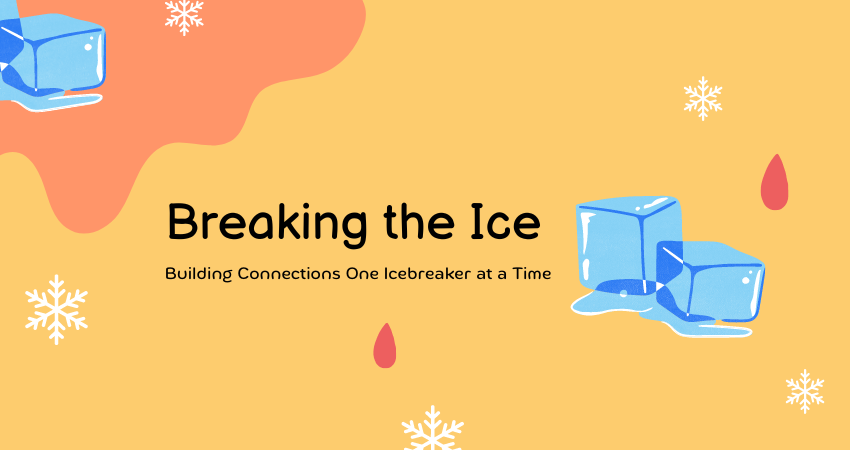Ice crystals, those tricky and delicate formations that captivate our imaginations and inspire surprise, are a testomony to the marvels of nature. They shape in diverse situations, from the gentle fall of snowflakes to the majestic glisten of frost on a winter morning. Understanding how those crystals form now not most effective unravels the mysteries of their splendor however additionally well-knownshows essential insights into weather styles, climate science, or even technological improvements. This article delves into the technology in the back of ice crystal formation, ice crystal formation nyt crossword exploring the methods that create those natural wonders.
The Basics of Ice Crystal Formation
Ice crystals start their journey inside the atmosphere, in which water vapor undergoes a metamorphosis underneath precise situations. When the temperature drops below freezing, water vapor inside the air condenses without delay into ice with out first becoming liquid. This process, referred to as deposition, occurs whilst the air is supersaturated with recognize to ice but not with admire to liquid water. This approach that there’s more water vapor than the air can hold, main to the direct formation of ice.
The form and size of ice crystals are determined with the aid of temperature and humidity. At temperatures just under freezing, ice crystals generally tend to form easy hexagonal plates. As the temperature drops similarly, more complicated structures like dendrites, which resemble branching timber, can expand. These versions in shape are because of the exceptional methods water molecules arrange themselves as they solidify.
The Role of Nucleation
Nucleation is a essential step in ice crystal formation. It refers back to the initial phase wherein water molecules start to coalesce right into a solid structure. There are two types of nucleation: homogeneous and heterogeneous. Homogeneous nucleation occurs in pure water vapor with none impurities, that is uncommon within the surroundings. Heterogeneous nucleation, ice crystal formation nyt crossword on the other hand, entails the presence of debris including dirt, pollen, or even bacteria that offer a floor for ice crystals to shape. These particles act as nucleating dealers, decreasing the energy barrier for ice formation and facilitating the introduction of ice crystals.
Growth and Morphology
Once nucleation happens, the ice crystals start to develop as more water vapor deposits onto their surfaces. The boom price and resulting morphology are prompted through environmental situations. In high humidity, ice crystals grow hastily and might shape complicated, ornate shapes. In lower humidity, growth is slower, resulting in easier, extra compact structures.
Temperature additionally plays a vital function in determining the shape of ice crystals. Near the freezing point, hexagonal plates and columns are not unusual. Between -12°C and -16°C, dendritic structures with problematic branches are more likely to form. As temperatures drop even similarly, hole columns and needles can develop. These temperature-established shapes are not simplest beautiful but additionally offer treasured facts about the atmospheric conditions in which they fashioned.
Applications and Implications
Understanding ice crystal formation has a long way-attaining implications beyond appreciating their beauty. In meteorology, ice crystals are critical to cloud formation and precipitation. The examine of ice crystals enables meteorologists predict snowstorm and recognize the dynamics of cloud microphysics. Ice crystals additionally play a enormous position within the Earth’s radiation balance, influencing weather models and predictions.
In the sector of aviation, ice crystal formation can pose tremendous demanding situations. Supercooled water droplets can freeze on aircraft surfaces, main to ice buildup that influences aerodynamics and flight safety. By analyzing the situations that result in ice crystal formation, researchers can broaden better de-icing technology and enhance flight safety protocols.
Additionally, the look at of ice crystals has programs in materials technological know-how and engineering. The standards of ice nucleation and increase are carried out within the layout of materials that mimic the homes of ice, which includes in cryopreservation and the improvement of anti-icing surfaces.
Conclusion
Ice crystal formation is a fascinating and complex herbal method that showcases the splendor and intricacy of the natural global. From the simple hexagonal plates to the complex dendritic structures, each ice crystal tells a tale of the atmospheric conditions wherein it shaped. By reading these methods, scientists advantage valuable insights into weather patterns, climate dynamics, and technological improvements. As we continue to explore the secrets of ice crystal formation, we now not only deepen our understanding of nature’s artistry but additionally find sensible programs that gain society.V


